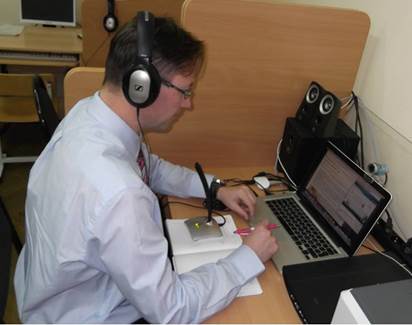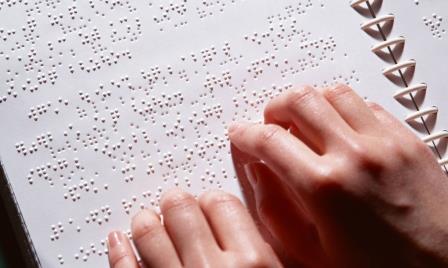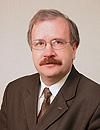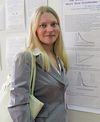References
- Grinevich L. A. Digitalization of the Today’s Russian System of Higher Education: Theory and Practice. In: Vestnik KemGUKI. 2021. № 57. P. 242–248. (In Russ.)
- Elakhovskii D. V., Moshkina E. V., Nazarov A. I. Distance Learning in Physics for Extramural Students. In: Nepreryvnoe obrazovanie: XXI vek [Lifelong Education: The 21st Century]. 2016. № 4 (16). P. 103–118. (In Russ.)
- Kondrakhina N. G., Petrova O. N. EMI and Other Professional Risks of ESP Teacher. In: Gumanitarnye nauki. Vestnik Finansovogo universiteta. 2020. Vol. 10. № 4. P. 24–31. (In Russ.)
- Nazarov A. I., Sergeeva O. V. The Advantages of Distance Learning Technologies: Students’ and University Lecturers’ Views. In: Otkrytoe obrazovanie. 2016. № 6. P. 42–50. (In Russ.)
- Nazarov A. I., Moshkina E. V., Platonov A. A., Prokhorova E. I. Use of Network Educational Modules in Physics to Form Competence Scope of Various Groups of University Students. In: Fizicheskoe obrazovanie v vuzakh. 2017. Vol. 23. № 4. P. 125–140. (In Russ.)
- Noskova A. V., Goloukhova D. V., Kuzmina E. I., Galitskaya D. V. Digital Competences of Teachers in the Higher Education Academic Development System: Experience of the Empirical Research. In: Vysshee obrazovanie v Rossii. 2022. Vol. 31. № 1. P. 159–168. (In Russ.)
- Solovova E. N., Kozlova Z. A. EMI global phenomenon: English as a learning instrument. In: Vestnik VGU, Seriya «Problemy vysshego obrazovaniya». 2017. № 4. P. 144–149. (In Russ.)
- Remizov A. N. Medical and biological physics. Moscow, 2021. 576 p.
- Zumor A. Q. Al. Challenges of using EMI in teaching and learning of university scientific disciplines: student voice. In: International Journal of Language Education. 2019. Vol. 3. № 1. P. 74–90.
- Gervidas V. I. Lecture demonstrations in physics [Electronic resource]. Electron dan. https://www.youtube.com/c/NRNUMEPhI/playlists (date of acсess: 01.02.2023). (In Russ.)
- Dearden J. English as a medium of instruction – a growing global phenomenon [Electronic resource]. British Council. 2014. April. Electron dan. URL: https://www.britishcouncil.es/sites/default/files/british_council_english_as_a_medium_of_instruction.pdf. (date of acсess: 01.02.2023).
- Kovrizhnykh D. V. Contribution of English as a Second Language to Preparedness of International Medical Students in Physics in Interim Language. In: Lecture Notes in Networks and Systems. «Integrating Engineering Education and Humanities for Global Intercultural Perspectives». 2020. Vol. 131. P. 349–356.
- Macaro E. [et al.]. A systematic review of English medium instruction in higher education. In: Language Teaching. 2018. Vol. 51. № 1. P. 36–76.
- Pun J. [et al.]. Questioning the Sustainability of English-Medium Instruction Policy in Science Classrooms: Teachers’ and Students’ Experiences at a Hong Kong Secondary School [Electronic resource]. In: Sustainability. 2022. Vol. 14. № 4. Articleno. 2168. Electron dan. DOI: 10.3390/su14042168 (date of acсess: 01.02.2023).















